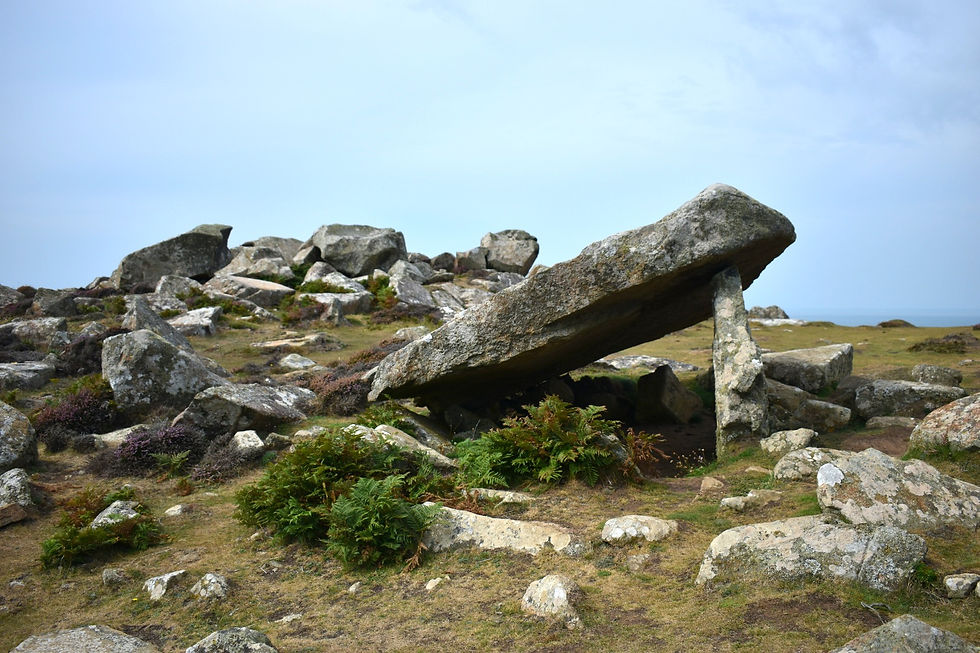Forest Ponies
- Isobel Akerman

- Nov 15, 2020
- 2 min read
| Ancient * The New Forest |

As a national park, the New Forest has the highest level of landscape protection. Which is good for us because the 5665km2 of forest, heath, and mires act as a full carbon-sink - soaking up the excess carbon dioxide and supporting a huge range of biodiversity. But it’s not just a big sink to balance our emissions: its first and foremost an ancient home for ancient species, and that’s what it needs to be seen as.
The long faces of the New Forest’s wild gatekeepers are iconic. 5,000 ponies (Ponies. Not horses.) roam around the heath in all weather and seasons, and have been doing so for over 500,000 years.
New Forest Ponies are a species all to themselves. One of the most recognisable of the native British breeds, there are strict rules on who can be defined as a New Forest Pony. Most are bay, chestnut, or grey; but none are piebald, skewbald, or blue-eyed cream: there’s an aesthetic to this clique.
The species are originally from Hampshire and grow up sturdy, surefooted, and strong. This personality has served them well, especially during their time in the British army. Travelling with soldiers to France, and South Africa, the New Forest Ponies have experienced an extraordinary number of battle and war zones over the centuries. They’ve also (just as valiantly) been used for dinner during the harder times of rationing during the World Wars.
Each pony is owned by a New Forest Commoner under the rights of the commons, and every Commoner pays a fee for each pony that they put out to pasture. The general wellbeing of the ponies are monitored by a committee of ‘Agisters’, who each control an area of the forest.
A few times a year the Agisters round up all the ponies in something called a ‘drift’, where they check on the health, happiness, and sponsorship of all the ponies in their section. Each squad-member even has a special haircut: the ponies all have a particular tail design so the Agisters can easily recognise which ones belong to which sections.
The ecosystem of the forest is entirely dependent on these wonderful ponies. They have been called the ‘architects of the forest’: without them the flowers would wilt and the birds would fly away. Or at least the balance would be off.
It’s the same for humans. Often thought as one of the wild, untouchable areas of the UK, the New Forest has actually been carefully managed since William the Conqueror designated it as his own personal playground in the 11th century. Ponies, Humans, Trees, Birds, every tiny part of the ecosystem works together.
Already the ponies have right-of-way over the cars on the forest roads (a privilege they unashamedly exploit whenever you’re in a rush). But more can be done to put the animals at the centre of the story. It's their home even more than ours.
The New Forest National Park, Hampshire




Comments